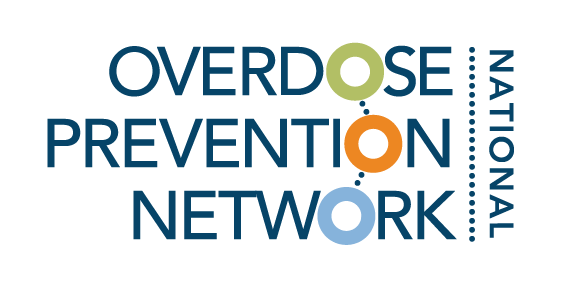
Resource Library
Toolkits, guides, and other resources vetted by experts in overdose prevention.
Filter by category and tags, or search by keyword (ex. COVID-19, harm reduction).
How to Use a Coalition Membership Survey
Michael Miller of Brown Miller Communications explains how to use the coalition membership survey as a tool to better understand your coalition and how it can improve.
How to Build a Communications Plan
Michael Miller of Brown Miller Communications explains how to map out an effective and coherent communications strategy.
How to build a website map
Michael Miller of Brown Miller Communications explains how to create a thoughtful web architecture that will carry your coalition into the future.
Trauma and Mass Incarceration
Philomena Kebec emphasizes the relationship between trauma and incarceration, specifically the lack of support given to those who have historically been oppressed.
Why partner with harm reduction programs?
This video describes the role that harm reduction plays in reducing rates of substance use disorder, and how they can make a difference when health care interventions alone are not enough.
Overdose Prevention in Action: Developing Strategic Partnerships with Law Enforcement in Las Vegas
This video discusses valuable partnerships that have been formed between law enforcement and overdose prevention services in Las Vegas to promote overdose prevention.
How to Create a Compelling Data Story
This video provides information about how to effectively reach people that are not a part of your immediate community or organization.
Eight Tips For Telling a Story With Your Data
This video provides information about how to effectively tell a story with your data.
Traditional and Social Media Tools and Tips
This video provides information about how to use media to reach those in your community and it provides examples who have successfully done this.
Strategic Communications: Tactics, Tools and Timing
This video provides information about how to plan outreach and engagement.
Framing Your Message
This video provides information on how to effectively frame your message and what kinds of tools you can use to do this effectively.
Spotlight - Framing Your Message
This short video shows a flyer that the Northern Sierra Coalition used to get information out about pain medications and naloxone.
Strategies to Lower Opioid Demand
Dr. Willis discusses what strategies to use to lower the opioid supply and to safely manage chronic pain. He also addresses the steps of recovery for those who are experiencing opioid use disorder.
Spotlight - Strategies to Reduce Opioid Supply
Dr. Grover discusses how doctors can reduce the opioid supply and use safer prescribing methods for chronic pain.
Strategies to Reduce Opioid Supply
This video discusses strategies to effectively reduce the opioid supply.
COPN Fall 2022 Convening: Sustaining Your Work in Overdose Prevention Discussion Tool
How can you best position your community to sustain your overdose prevention efforts? Below are some ways to guide your thinking about strategies to sustain your current efforts and position your community to utilize the opioid settlement funds.
Telehealth Services a "Godsend' for Patients With Substance Use Disorders
From the start, patients like Richard (Ricky) Dominguez gravitated toward the telehealth counseling service, which they found much more accessible than in-person services. Dominguez, 26, has been battling substance use disorder since he was twelve. At the emergency room at a local hospital, he was referred to KCS, which, he says, “was a godsend.”
Naloxone Supply in California Q and A
This fact sheet covers the main discussion points and answered questions from the COPN webinar “Naloxone Supply in California.”
Addiction Language Guide
Spoken words cannot be un-said, and they have the power to build up person, or to destroy a person. When we choose to be compassionate, we become a part of the solution, giving an opportunity for others to be successful. This guide offers insight into how we can change the way we talk about addiction to create positive change.
SPACECAT Tool
Preventing adverse childhood experiences (ACEs), suicide, and overdose involves cross-sector collaboration focused on impacting risk and protective factors at the individual, relationship, community, and societal levels. The Suicide, Overdose, and Adverse Childhood Experiences Prevention Capacity Assessment Tool (SPACECAT) was created to help state, territorial, and local health agency staff identify opportunities to work at the intersection of these public health issues to maximize resources and impact.




















